Customer experience is said to be a top business priority for most companies around the world. Many experts agree that investing in CX establishes a competitive advantage against companies that prioritize the bottom line. While customer experience is a noble and important catalyst for business transformation, becoming truly customer-centric requires an introspective approach. This takes stepping back to define what customer experience really means from the customer perspective, what they truly value and also what’s primed, broken or missing to deliver next generation CX.
For example, the organizational infrastructure of many companies is modeled to support the traditional sales funnel. Like the funnel itself, many of the departments designed to support it are compartmentalized. This is why we have silos and why many CX evangelists say that we need to “break down the walls” between them. But, functions such as sales, customer service, marketing, retention, etc., were designed to serve objectives. At the time, those intentions were meant to best serve the customer in those respective stages. The idea and expense of integration was nonsensical in that reach group was funded and measured by how they operated and served customers independently not through integration. To challenge that would often go against the “steady as she moves” or worse, risk averse culture that govern many organizations.
The truth is that traditional business models were designed in an era before the consumerization of technology. Customers (and employees) are empowered by technology and by the connections and access social media, mobile and connected devices, etc., facilitate. As a result, the basic premise of how companies sell, serve and support customers now requires new models and methods that meet the behaviors and expectations of a more discerning generation. This is why I believe that one of the biggest trends in business today, digital transformation, is as much about technology as it is about people, operations, processes and perspectives.
Digital transformation is the realignment of, or new investment in, technology, business models, and processes to deliver new value to customers and employees in an ever- changing digital economy. In fact, in my research, I’ve found that customer experience is often the greatest ally in digital transformation efforts.
So what is customer experience?
Let’s start with what it’s not.
Customer experience is not the investment of new front end and back end technology to fix and modernize touch points. Those are acts of CX.
Customer experience is human and as such, is defined as the sum of all engagements a customer has with your company in every touch point throughout their lifecycle.
Starting with anything other than a customer-first or human-centered perspective is an easy mistake companies often make.
Believe it or not, CX is often a technology-led approach. It’s easy to fall into the technology trap though. After all, that’s how much of it is sold. For example, tools ranging from journey mapping to CRM to content management to data and analytics are aiming to help companies integrate and scale customer experience initiatives. But without understanding people, what’s important to them, and how they, and their preferences and values are evolving, businesses are not actually innovating in CX or basing what’s supposed to be customer-centered efforts on empathy or relevance. Work in customer experience starts with the customer’s point of view and considers their intentions, aspirations, challenges, etc., to fix problems and create new value.
Since customer experience is the aggregate sentiment and resulting reactions of people in each moment of truth, then all work must focus on delivering consistent, efficient, relevant and meaningful experiences. They must be connected, complementary and seamless. This means that previously separated business units must now cross silos to collaborate, connect back-end processes and systems and design a new kind of customer journey that’s intuitive and efficient for a new generation of connected customers. It’s not easy. This is why digital transformation is often led by CX. Great CX reverberates across the enterprise.
Innovation in CX Often Starts with an Opposite Approach
Some of the most advanced companies I’ve studied invest in CX with a human-centered point of view to give technology and operational investments purpose.
The direction each business takes in pursuing change is complex, and there is no one way to excel. Nor is there one tell-all anecdote, framework or app to map the journey of your next steps toward programmatic transformation. Rather, companies that succeed do so by taking an empathetic approach. They also seek executive sponsorship to support the formation of a cross-functional steering committee to 1) find critical missed opportunities, 2) fix what’s broken or causing friction and 3) identify areas for immediate and long-term innovation, 4) develop a roadmap for CX and 5) guide the company’s digital transformation.
To help, I assembled a series of best practices as informed by those leading CX initiatives and transformation in companies such as Discover, GM, Harvard, Metropolitan Museum of Art, Nestlé, Sephora, Starbucks, among many others. This resulted in what I hope is a useful framework and report, “Eight Success Factors of Digital Transformation: How businesses are taking an O.P.P.O.S.I.T.E. approach to business as usual.”
The framework offers insights and new understanding of technology, data and the connected customer. By learning from these companies and following the OPPOSITE approach, digital transformation and all the work, resources, and plans around it becomes identifiable, approachable and attainable for organizations.
OPPOSITE is an acronym that offers companies a step-by-step approach to digital transformation…
- Orientation:Establish a new perspective to drive meaningful change.
- People:Understand customer values, expectations and behaviors.
- Processes:Assess operational infrastructure and update (or revamp) technologies, processes and policies to support change.
- Objectives:Define the purpose of digital transformation, aligning stakeholders (and shareholders) around the new vision and roadmap.
- Structure:Form a dedicated digital experience team with roles/responsibilities/objectives/accountability clearly defined.
- Insights & Intent:Gather data and apply insights toward strategy to guide digital evolution.
- Technology:Re-evaluate front and back-end systems for a seamless, integrated and native customer (and ultimately employee) experience.
- Execution:Implement, learn and adapt to steer ongoing digital transformation and customer experience work
The OPPOSITE framework was designed to visualize your work building toward digital transformation and reshaping the customer experience. It’s also meant to help create alignment among different stakeholder groups to drive a larger, more unified movement in the modernization and, in some cases complete innovation, in business dynamics and models.
For companies looking to align their CX efforts with customer preferences, behaviors and values, look beyond your existing infrastructure and processes to unite stakeholders across the organization, create a shared vision, develop an innovative experience architecture and roadmap and take more meaningful steps towards thriving in the new digital reality.
Please read X, The Experience When Business Meets Design or visit my previous publications
Connect with Brian!
Twitter: @briansolis
Facebook: TheBrianSolis
LinkedIn: BrianSolis
Youtube: BrianSolisTV
Snapchat: BrianSolis
Invite him to speak at your next event or meeting.
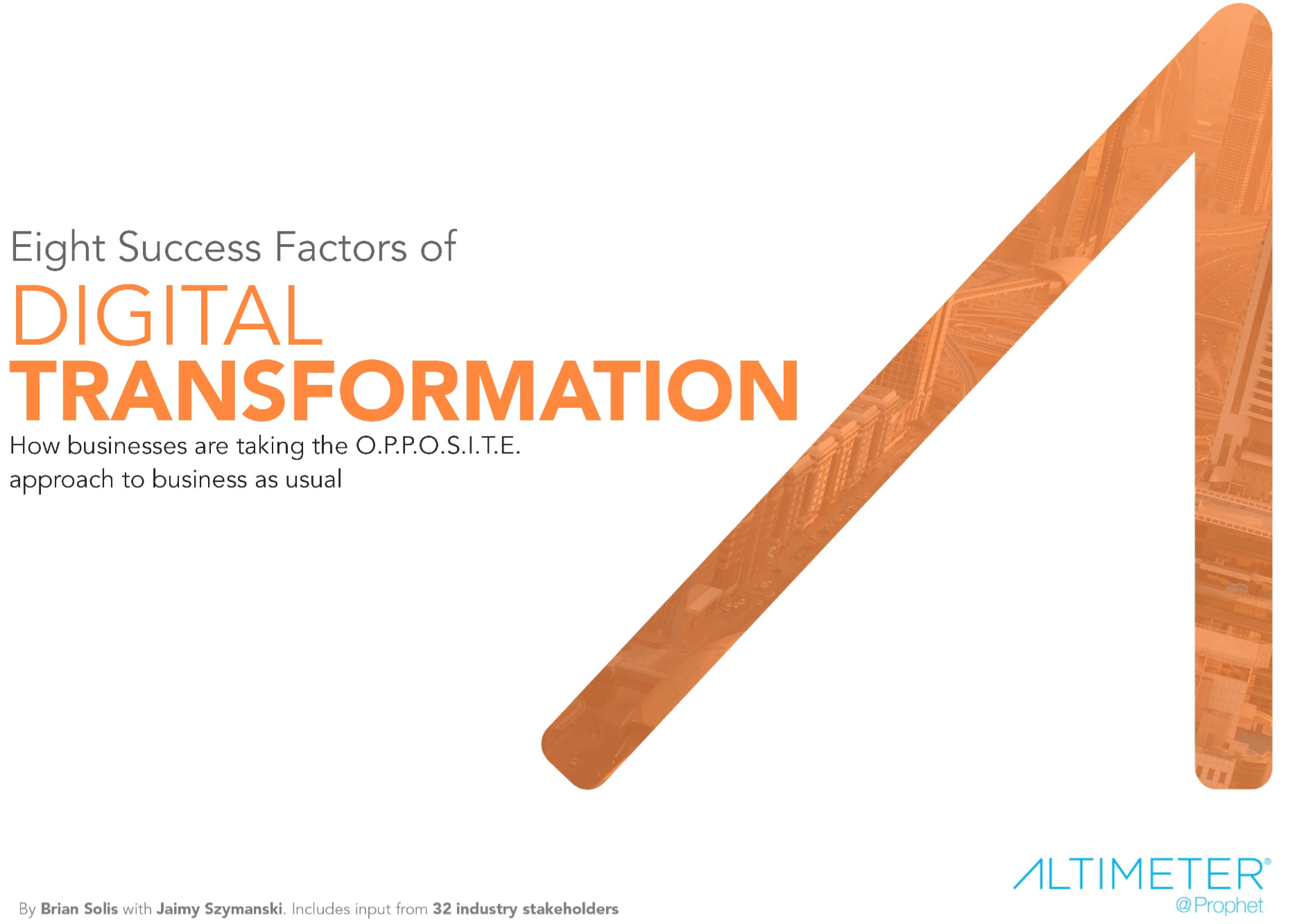
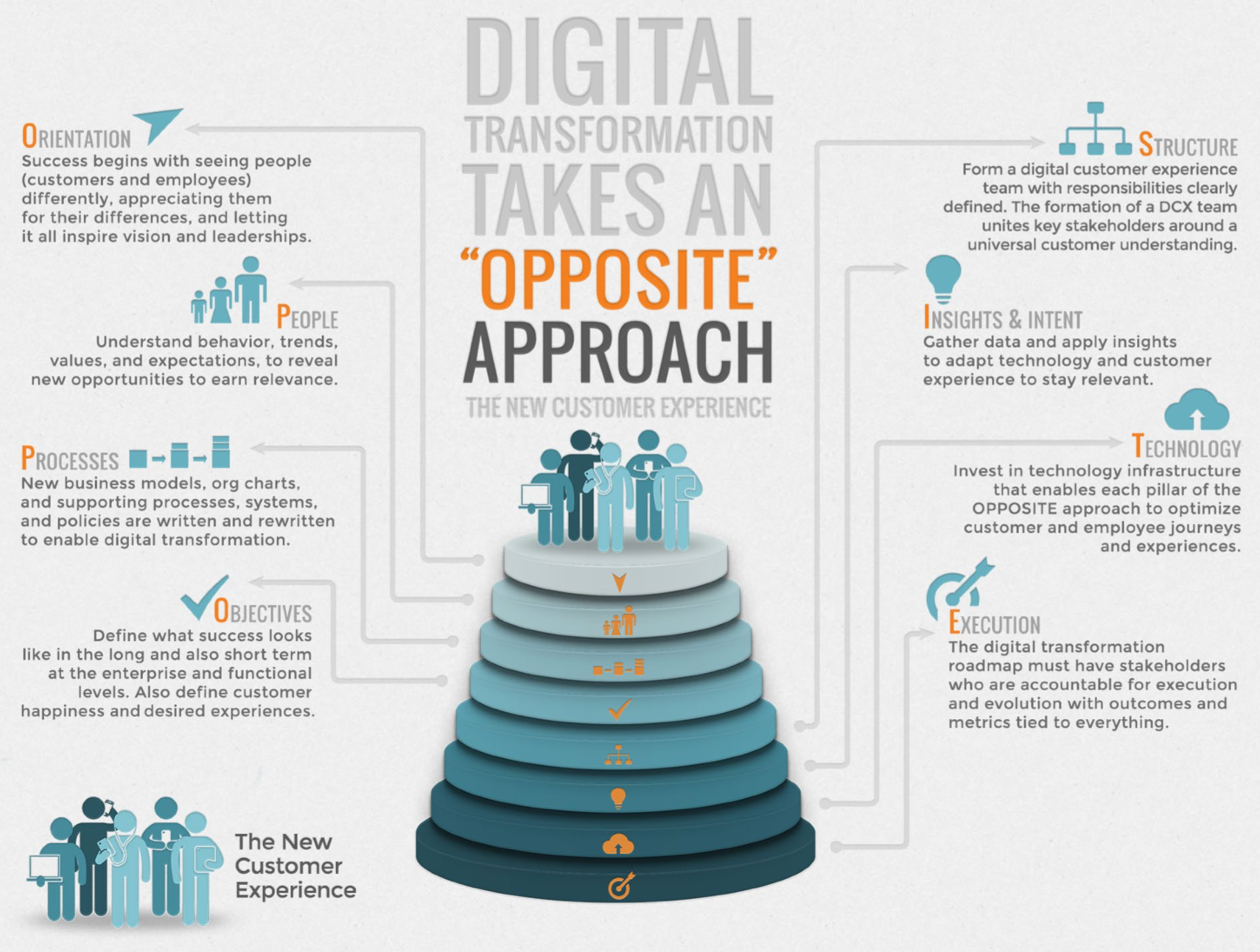
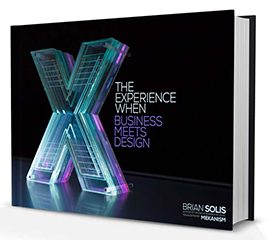
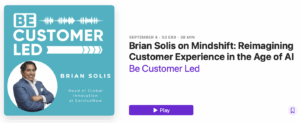
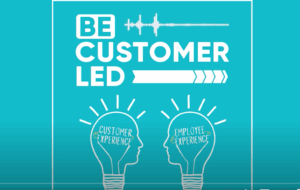
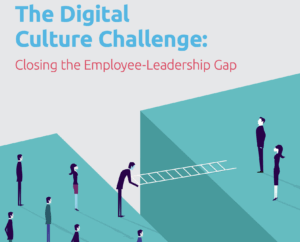


ONE COMMENT ON THIS POST To “Human-Centered CX: Uniting Stakeholders Across the Enterprise to Deliver a Relevant and Holistic Customer Experience”